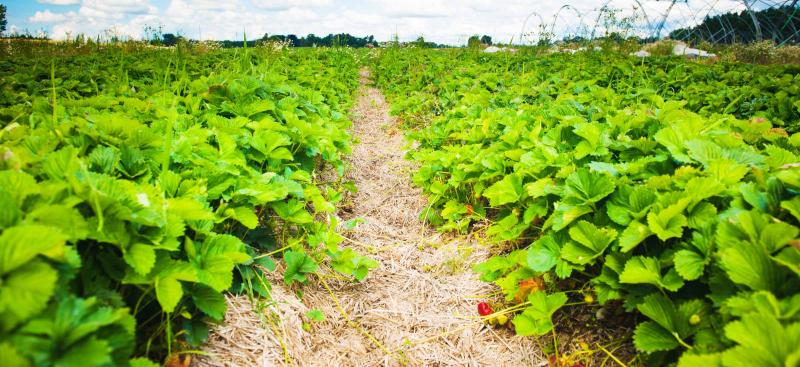A Water Use Permit (WUP) allows withdrawal of a specified amount of water, either from the ground or from a lake or river.
A Water Use Permit (WUP) authorizes the consumptive use of particular quantities of ground or surface water. The Florida Statutes (Chapters 120 and 373) and Florida Administrative Code (Chapters 40D-1 and 40D-2) prescribe rules for applying for a water use permit. The applicant submits the application form, all required supplemental information forms, and all required documentation so that the District Water Use Permit Bureau evaluation staff can determine if the use of water is reasonable and beneficial, does not interfere with any presently existing legal use of water, and is consistent with the public interest. It is the responsibility of the applicant to provide reasonable assurances for this on both an individual and cumulative basis. Information pertaining to the District’s water use permitting process is described in Chapters 40D-1 and 40D-2 of the Florida Administrative Code and the District’s Water Use Permit Applicant’s Handbook.
Water Use Permit Types
WUPs are based primarily on the amount of water needed.
- Individuals:
a. Permits for 500,000 gallons per day (gpd) or more
b. Permits for 100,000 gpd or more, but less than 500,000 gpd
c. Permits for less than 100,000 gpd - General Permit by Rule
A General WUP by Rule is authorized for withdrawals of water that do not meet or exceed any permitting threshold unless expressly exempted by law or District rule. An application is not required for a General WUP Permit by Rule.
Permit Use
Water use is divided into seven use types. Many WUPs are for combinations of these uses. Supplemental information forms for the specific use type must be completed as part of the application package. The predominant uses are:
- Public supply
- Industrial or commercial
- Mining or dewatering
- Landscape/Recreation
- Agriculture
- Institutional
- Other Uses
Permit Quantities
Most WUPs have two types of quantities, but some have three.
- Annual average – Sum the gallons needed for a calendar year and divide by 365 days per year for an annual average gallons per day (gpd) total.
- Peak month – sum the gallons needed for the month that you expect to be your highest water-use month and divide by the number of days in that month for a gpd per month total.
- Crop protection (maximum daily) – If the application is for irrigation of temperature-sensitive crops (such as citrus, strawberries, tropical fish farms, or nurseries), water is permitted to protect them from frost and freeze damage.
Before a WUP will be issued for a project that requires both a WUP and an ERP, a completed ERP application must be submitted. In some cases, the issuance of the WUP may be dependent upon the ERP being deemed complete. Often, the ERP permit takes longer, so plan accordingly.
Some withdrawal points for an application may be in an area of water resource concern. If so, please be aware that restrictions may apply.
Water Use Caution Areas (special rules apply):
• Dover/Plant City Water Use Caution Area
• Southern Water Use Caution Area
• Northern Tampa Bay Water Use Caution Area
Publications Incorporated by Reference
(Inc. by reference in 40D-2.091(1)(i) eff. 4/27/10)
(Inc. by reference in 40D-80.073(8)(a) eff. 5/26/10)
(Inc. by reference in 40D-2.091(1)(j) eff. 4/27/10)
(Inc. by reference in 40D-2.091(1)(k) eff. 4/27/10)
Supplemental Information
(March 2018)
- Definitions of terms used on the Crop Reporting forms.
- This is not a complete list of flowmeter calibration companies. Please make sure the company you use is certified. (11/20/2025)
(01/27/2010)
(01/27/2010)

